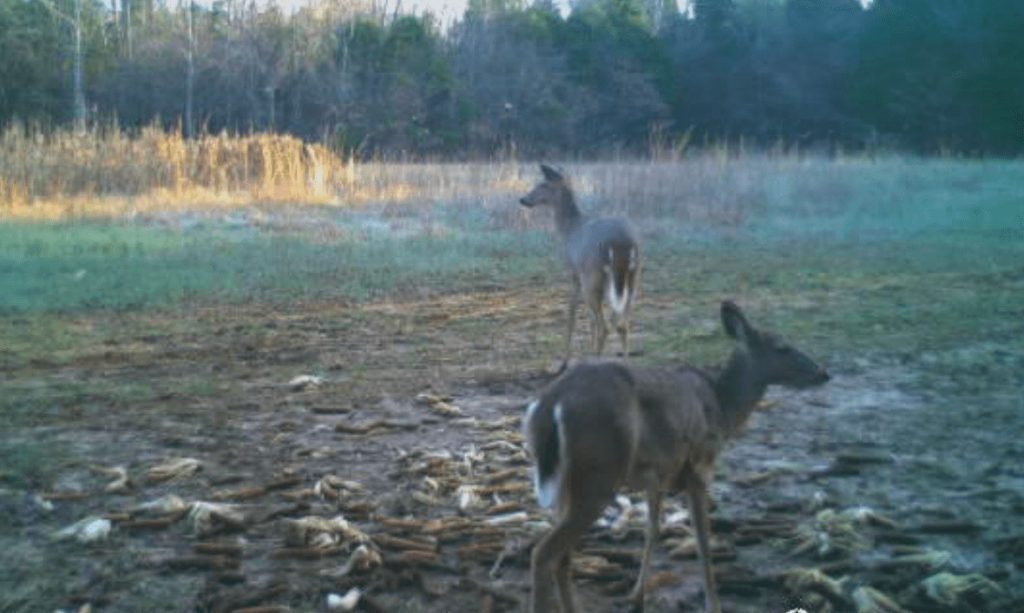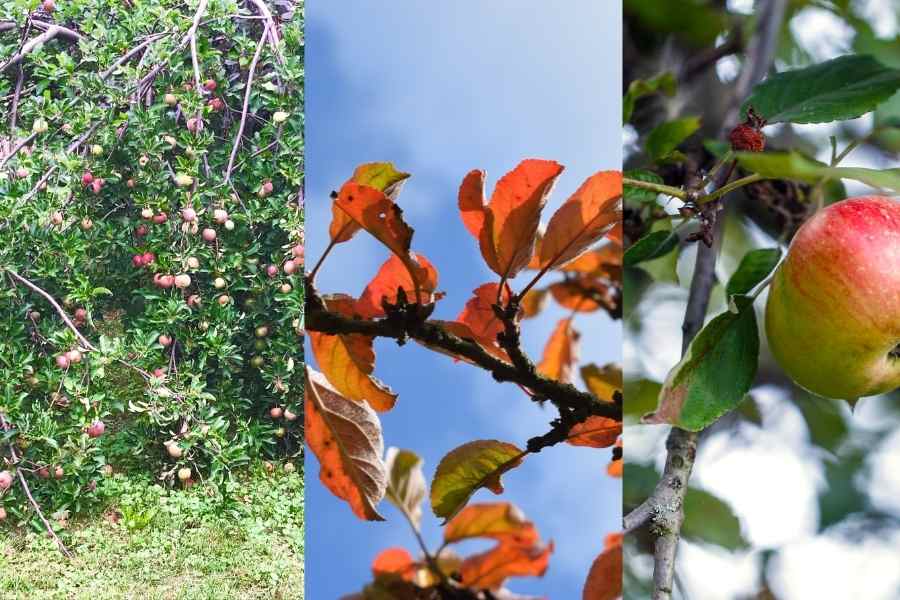Like any avid deer hunter, I spend the bulk of my free time anticipating the season ahead. This often involves daydreaming about various habitat improvement projects and the potential effect that such improvements would have on the area that I hunt.
After all, improving the habitat in a given area is a win, win proposition if there ever was one.
Contents (Jump to Topic)
ToggleHabitat improvement projects make a particular property more appealing to game, thereby increasing a hunter’s chance at success.
However, such improvements also support the health and well-being of wildlife in the area. This, in itself, is exceptionally important, as hunters are the ultimate steward of the land.
For these reasons, this past spring, I set out to improve upon several properties that I have access to hunt, in the most impactful way possible.
The following is an account of these efforts, as well as the results of these efforts, as perceived up to this point in the season.
The Bigger Picture
Early in 2023, myself and a hunting partner made the decision to lease a 48-acre farm that adjoined another stretch of property that we had permission to hunt.
In total, this granted us approximately 130 acres to work with and to shape into ground-zero for our 2023 hunting season.
This particular 48-acre property consisted primarily of overgrown cattle pasture, which had become a favored bedding area for deer in the area.
This farm had also traditionally been home to substantial rut activity, as bucks searched feverishly for receptive does.
With this knowledge in our back pocket my myself and my hunting partner dove headlong into managing the property that we had at our disposal. We now had access to both the primary beading and feeding locations within the area and knew we were poised to have an unforgettable season.
Getting Down To Business
The next order of business involved making a plan for our projects to come. The first order of business involved selectively bush hogging certain segments of the farm that we had leased.
While substantial cover is excellent for bedding, overgrowth on this particular farm had made it difficult for deer to traverse certain segments with any regularity.
Small 1-2 acre clearings were opened up, as was an intricate set of trails throughout the farm. These trails allowed deer to travel about with ease, without sacrificing much of the farm’s bedding cover.
read.. Why Bucks Suddenly Leave Your Property
Likewise, more obscure walking trails were cleared, allowing us access to and from various stand locations.
Another farm at the opposing end of the run of properties that we had at our disposal, had always served as a feeding and social area for the deer in the area. Therefore, this particular farm was next on our list for improvement.
The first order of business involved increasing the volume of food that was available to the local deer herd.
We prepped a 3 ½ acre field that was centrally located on this farm by spraying to control weed competition. The field was then disked and left upturned for a week. We then planted and fertilized the field, selecting a mix of soybeans and corn as our crop of choice. Our planting also coincided with a well-timed rain, which caused our plot to quickly germinate.
Additionally, a box blind was erected within this field, providing us with an elevated view of our plot.
As the corn within our food plot matured, a path was bushogged from the entrance of the field to the backside of this box blind, allowing for stealthy access. This prevented deer from observing our entry from a great distance.
Other existing food plots throughout this run of properties were also overseeded and fertilized, to increase yield.
This included two clover plots, both of which are situated within staging areas, along travel corridors. Each of these plots has proved key in the harvest of mature bucks over the past several seasons.
A Plan In Motion

With preseason work completed, we anxiously monitored our trail cameras for activity. We noticed an immediate increase in the amount of does on camera during any 24 hour period.
It appears that our plots have yielded enough tonnage of food to support a herd of higher than average size. This, in itself, proved quite promising when observed.
We also identified several younger bucks with significant potential, one of which is a main-frame 10-pointer as a 3 ½-year-old buck.
This provides substantial promise for next season, and each season thereafter, as several younger bucks reach physical maturity. These young bucks will certainly be worth watching during the spring and summer leading up to the 2022 season.
From the onset of this season, our crop of shooter bucks has been limited. In this particular area, we have resolved ourselves to shooting mature bucks of only 4 ½ years of age, or older.
We have had several buck pass through that have met these criteria, yet none have established a solid pattern.
read.. how big is a deer´s kill zone?
Nonetheless, our biggest achievement thus far this season came during early youth weekend, a season in which youth hunters can hunt in advance of the regular firearm season.
My son, as well as my hunting partner’s son, was able to harvest deer from the box blind that we previously erected while overlooking our freshly planted food plot. To say that we were ecstatic at this fact, was an understatement.
So far, neither my hunting partner nor myself, have been able to fill our buck tags. We have, however, passed up a fair number of younger bucks. Nonetheless, our hopes are still high, as the rut is coming full circle.
This is followed up by the post-rut and late-season, which is arguably my favorite time to hunt. Therefore, there is still plenty of time to fill our tags and end the season on a high note.
Looking Ahead
We have also begun planning for the season ahead, based on our present experiences. These plans are aimed at further improving the habitat within the area we hunt.
We will begin implementing these plans during the coming spring, into the summer and early fall months, allowing us to reap any benefits that come during the 2022 season.
The first of these plans involves clearing more overgrowth on the farm that we first leased this year. We will then plant at least two strategically located food plots.
These food plots will serve as potential staging areas for nocturnal bucks as they prepare to enter larger nearby agricultural fields at nightfall.
We also intend to hang additional stands on this particular farm, which will allow us to hunt more stealthily in a variety of wind directions. Additionally, this will make it possible to hunt from multiple entry points across the farm, without bumping bedding deer on our way to a distant stand.
Our plans for the spring ahead also involve diversifying our food plot offerings, by providing a greater amount of late-season foliage.
While clover tends to be an excellent performer up until the most bitter days of late fall and early winter, we intend to plant one or more late-season specific plots.
These plots will probably include a mix of winter wheat and turnips, both of which tend to be cold-season favorites of the whitetail.

There has also been talk of planting several fruit trees in strategic locations. Fruit-bearing trees provide food for foraging whitetails throughout much of the fall and often draw deer from some distance.
We have discussed this notion in the past, though it has been dismissed in favor of quicker producing improvements, such as food plots.
However, fruit-bearing trees will certainly never reach maturity if they are never planted. This is perhaps the most significant reason that we have decided to go ahead with such efforts this spring.
While we might be 5-6 years removed from reaping the benefits of these improvements, planting whitetail attracting fruit trees is a wise investment of time and effort, nonetheless.






